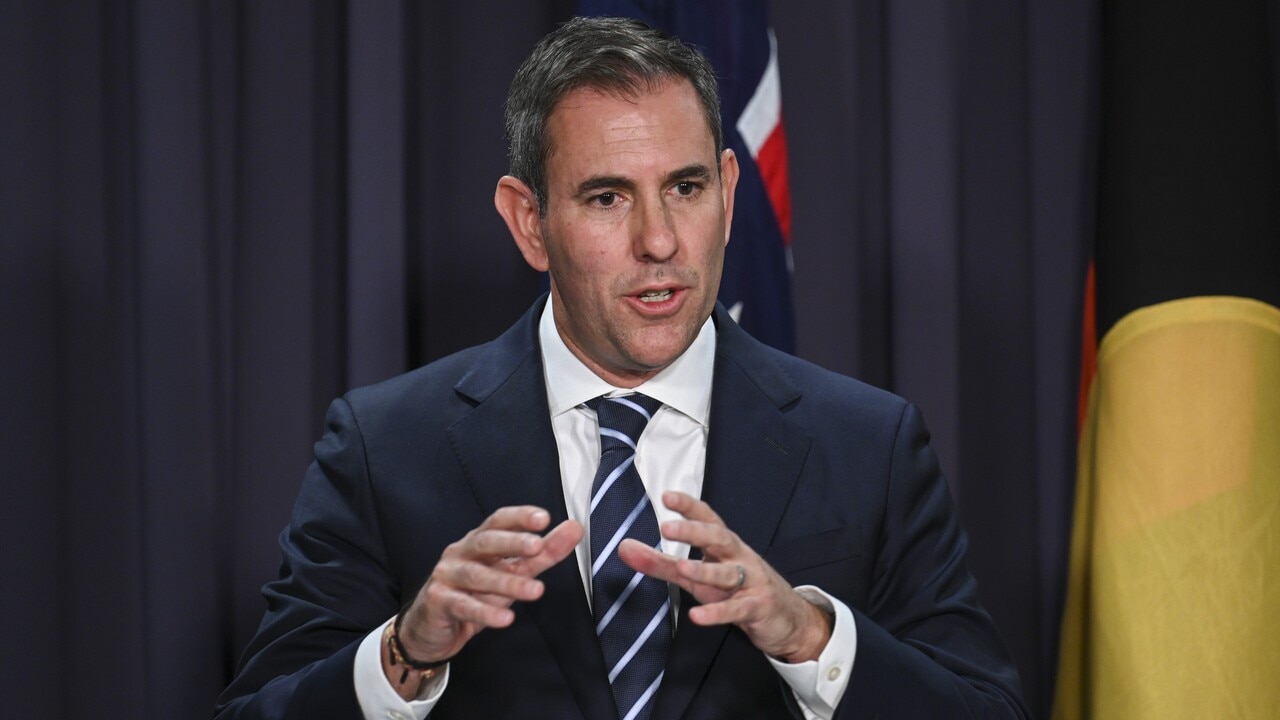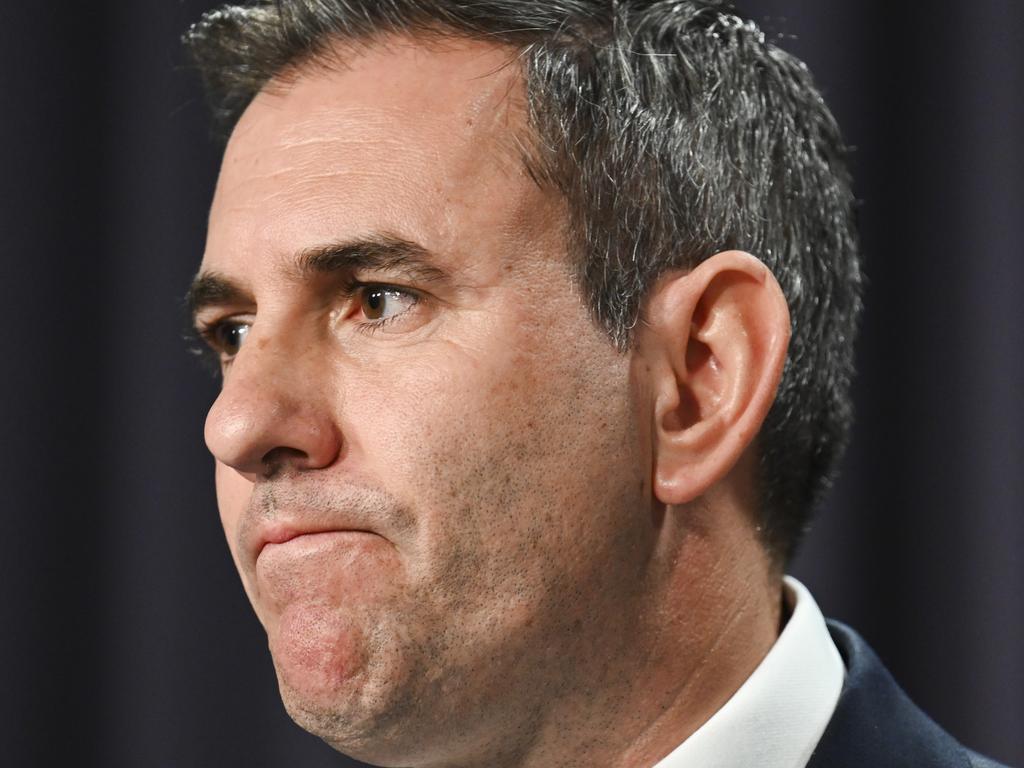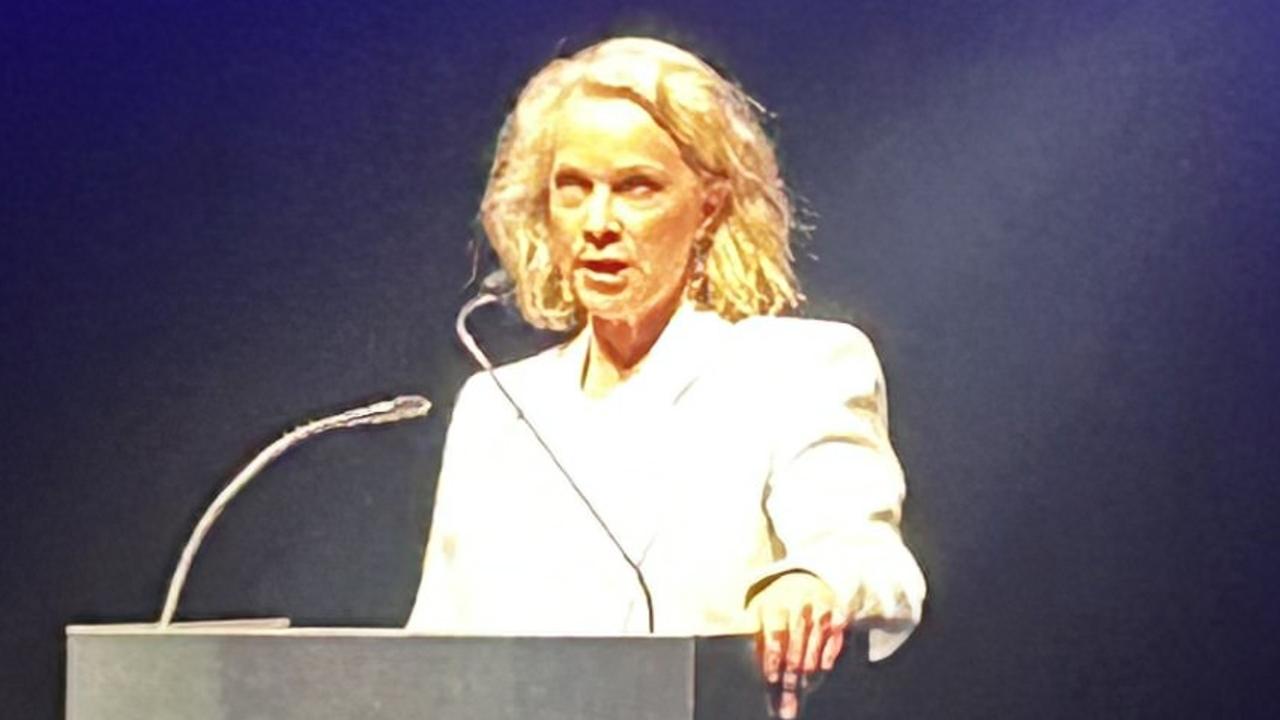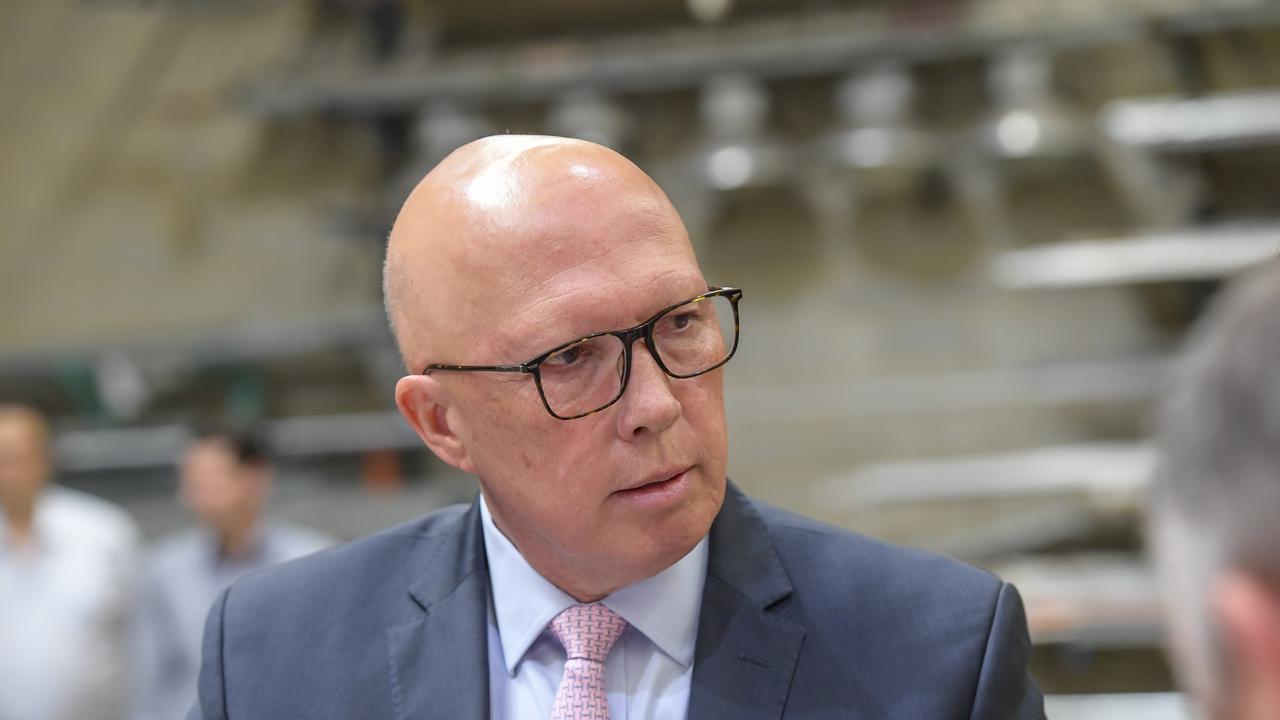Delayed government spending pushes surplus to $15.8bn
As Jim Chalmers heralded the budget upgrade as a result of expenditure restraint rather than higher taxes, Treasury figures showed the improvement was largely the result of deferred spending.

Billions in deferred government spending has delivered a $6.4bn improvement in the budget bottom line, despite a fall in tax revenue, as some economists reject Jim Chalmers’s claim that the increased surplus was on the back of tight fiscal management.
The Treasurer on Monday declared responsible economic management was a “defining feature of the Albanese Labor government”, as he unveiled a $15.8bn surplus in the 2023-24 financial year – a $9.3bn upgrade on what was predicted in the May budget.
The stronger-than-expected outcome was overwhelmingly due to a reduction in government payments, which were $10.2bn lower than forecast in May at $672.8bn, the final budget outcome for the fiscal year showed.
“It’s really important to recognise this surplus is bigger at the end of the financial year than we anticipated in May, not because taxes are higher but because spending is lower,” Dr Chalmers said.
“Spending was down by almost twice as much as revenue was down, so this bigger surplus is not because we taxed more, it’s because we spent less.”
In numbers that make a pre-budget March election more attractive, anaemic economic growth also prompted downgrades in taxation from workers, companies and consumers.
Much of the savings owed to delays in the rollout of funding – rather than a lower-than-expected demand or increased efficiency of government programs – with the expenditure to be instead set to weigh on future budgets.
Included in the deferred spending was $1bn for disability assistance, $600m in road and rail transport projects, $500m in energy bill relief payments, $400m in the Preschool Reform Agreement, and $300m in industry support to the manufacturing sector.

Commonwealth Bank chief economist Stephen Halmarick said much of the government’s claimed reduction in spending “reflected delays and timing factors, not improvements in the underlying position”.
KPMG chief economist Brendan Rynne said the delay of some spending was indicative that the government was “crowding out” private sector activity.
“There’s a timing mismatch occurring in some infrastructure that’s simply going towards economic activity at a time when the economy is still over-stimulated. They just literally can’t get the projects out the door because there’s too many of them,” Dr Rynne said.
On the revenue side, the final budget outcome showed a reduction in total receipts to $668.6bn, $3.7bn lower than May’s estimate.
Despite this, receipts remained near a record share of the economy at 25.8 per cent, with bracket creep, elevated commodity prices and high inflation all supporting the federal tax take.
Real tax per capita held at a near-record high of $17,017.
Opposition Treasury spokesman Angus Taylor accused Labor of relying on temporary windfalls to bolster its bottom lines. “All Labor has done is make the structural deficit worse,” he said. “The consequence is these budget surpluses will be short-lived, with deficits as far as the eye can see.”
The reduction in receipts was mainly driven by a smaller-than-expected personal income tax take, which was $3.1bn lower at $331.5bn, indicating some softening in the jobs market.
Meanwhile, the company tax take was also $1.7bn lower than predicted in the May budget at $141.2bn, as prices for key commodities fell and private sector activity remained weak.
“This reduced revenue flow is consistent with the decline in the pace of nominal GDP growth in Australia, as consumer spending slows, the terms of trade decline and the labour market loosens slowly,” Mr Halmarick said.

With household spending coming under pressure from high inflation, soaring taxes and elevated borrowing costs, GST revenues were downgraded by $727m to $85bn.
Receipts from the alcohol and tobacco excises were also lower than forecast, down $147m to $7.5bn and down $770m to $9.7bn, respectively.
Westpac senior economist Pat Bustamante said the temporary factors that had handed Labor bumper windfalls were “now fading”, with Labor’s rejigged stage 3 tax cuts, dwindling commodity prices and retreating inflationary pressures slowing revenue growth.
“In this environment, the government’s approach of banking as much of these windfalls as possible is spot on. But this approach has had to be managed against growing spending pressures,” Mr Bustamante said.
Asked if the budget would again benefit from higher-than-anticipated receipts, Dr Chalmers played down the prospect of a third consecutive surplus.
“Clearly, a $28bn deficit is hard to get rid of in one whack, but we will continue to make the right decisions for the right reasons and manage the budget and the economy in the most responsible way,” he said.




